Castle of Wewelsburg
This unique Renaissance castle was turned into a home for Nazi occultism.
At the beginning of the 17th century, Wewelsburg Castle was built on behalf of the Prince Bishops of Paderborn. The unusual triangular-shaped castle stood high on a rock overlooking the Alme Valley. Over the next few centuries, the castle would change hands several times. Then in 1933, Heinrich Himmler signed a 100-year lease for Wewelsburg.
At that point in time, the interior of the structure was badly decaying, but Himmler saw potential in the triangle-shaped hilltop castle for use as a training facility for the Schutzstaffel (SS), which he commanded. The Nazi Party believed in the superiority of the so-called Aryan race (or “German blood”). Many prominent Nazi leaders harkened back to mythology and legend to influence their plans for world domination. Himmler himself was fascinated with prophecy and magical power, and desperately wanted to set up a facility to teach these values to SS soldiers. He began working to turn Wewelsburg into a non-military training facility focused on the occult, pagan rituals.
Himmler viewed Wewelsburg as the Grail Castle, and believed that when the Nazis were the rulers of the entire world, artifacts from the castle would radiate magical power. Much work was put into acquiring such artifacts as the Spear of Destiny, which Hitler himself had claimed showed him his future.
Along with artifacts from around the world that the SS were working to acquire, Wewelsburg became the center of a number of pagan rituals led by Himmler. Although the exact nature of the rituals are unknown, it is clear that baptism-like rituals took place, and a former cistern in the castle was turned into a crypt also used for ritual. After the Allies took control of the castle, a round table with 12 chairs was also discovered, a reference to King Arthur and his knights.
During the 12 years that the SS had control of Wewelsburg, the castle was far from finished and the grand plans Himmler had in mind were not completed. Himmler had hoped to design a castle with a circular fortification around the hill, and a gigantic moat. To create the moat, the SS had ordered the evacuation of the surrounding town, and were intending on flooding the entire valley around Wewelsburg.
Due to the massive amount of work, Himmler also set up his own private concentration camp, formed mostly of criminals, prisoners of war and Roma people to use as slave labor in restoring the castle. The camp, called Niederhagen, held some 4,000 people, and approximately half of them died as a result of inhumane living conditions and abuse by the SS. As the Nazis were losing the war, Himmler ordered the castle demolished and a fire was set inside. Although most of the interior was destroyed, the exterior walls were preserved.
Today, Wewelsburg has been turned into a museum. One of its departments showcases the history of the region and the castle itself, while the other documents the Nazi’s use of the castle during World War II.
Know Before You Go
The museum is open from 10 a.m. to 5 p.m. on Tuesday to Friday, and 10 a.m. to 6 p.m. on Saturdays and Sundays. It is closed on Mondays and certain holidays. Check the website for ticket prices.
Community Contributors
Added by
Edited by
Plan Your Trip
The Atlas Obscura Podcast is Back!



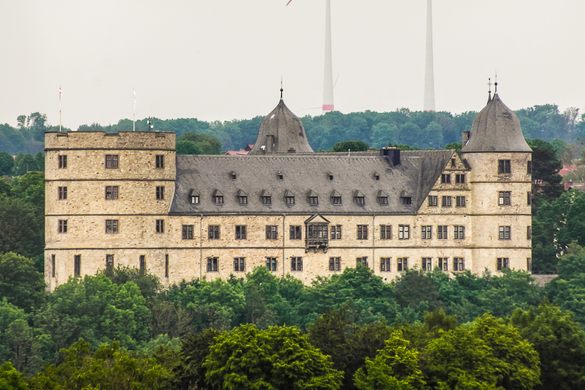
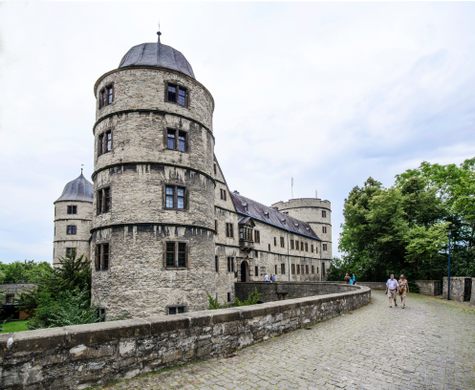
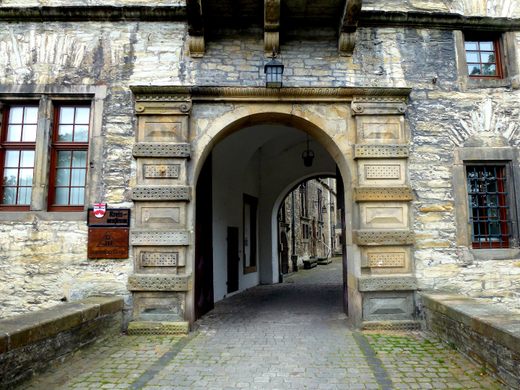

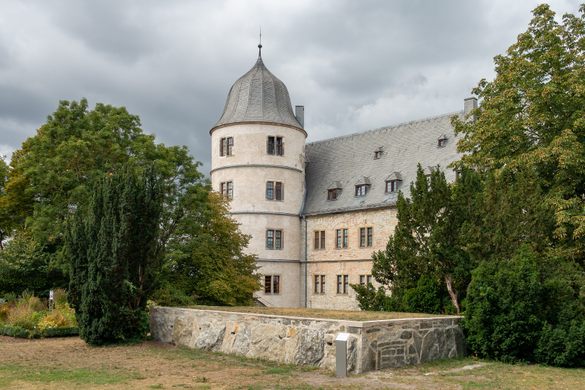





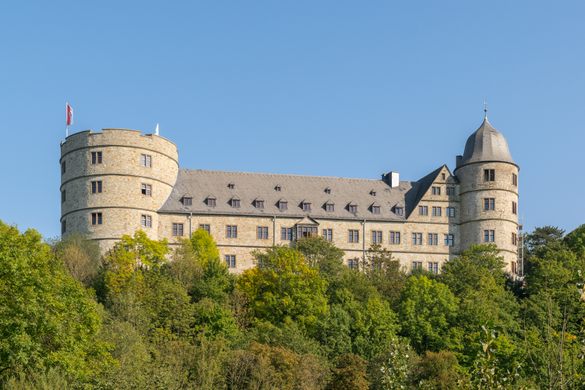





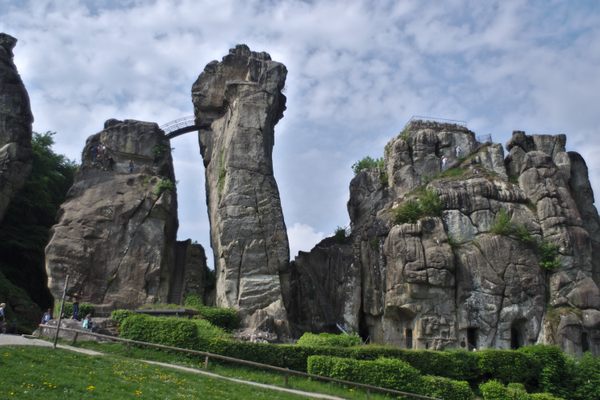


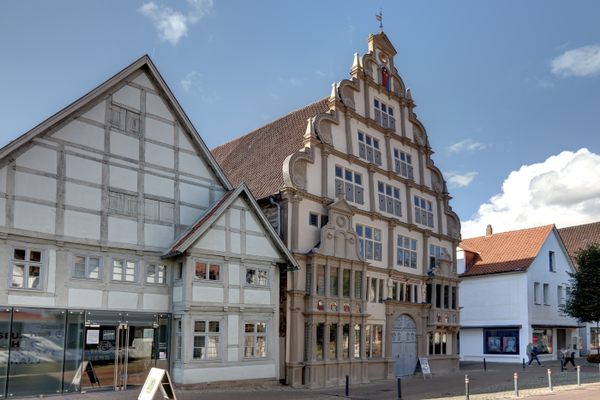


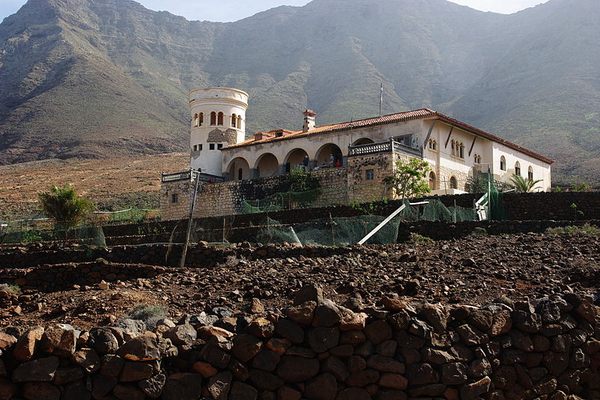


Follow us on Twitter to get the latest on the world's hidden wonders.
Like us on Facebook to get the latest on the world's hidden wonders.
Follow us on Twitter Like us on Facebook